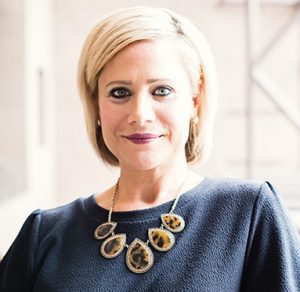September 23, 2014

It’s hard to believe, but 2015 is just around the corner. Many of our clients are already in the throes of budgeting season, which unfortunately means their 2015 budgets often come before their 2015 plans. (That is, if a plan even exists.)
Before you submit your 2015 budget requests, here’s a quick three-step process – KEEP, STOP, START – to help you think through what resources you’ll need. This is a simple way to capture your communications goals for the coming year – and allocate resources accordingly.
KEEP
What has proven effective and should continue into 2015? What communication tools have the highest usage rate among your target stakeholders? Chances are you have a short list of tools that have proven very successful this year. As the old saying goes, “If it ain’t broke, don’t fix it.” Take inventory of the most effective channels you’re using now and determine how to KEEP (and maximize) them in 2015.
STOP
What zaps energy or resources with very little return? Sometimes it’s hard to take a step back and objectively consider which elements of your communications program are too much work, too much money or too much of a hassle for what you get out of them. But saying, “We’ve always done that” doesn’t cut it anymore. What one or two things have you been doing that could go away tomorrow with very little lasting effect? Those belong at the top of your STOP list.
START
Just as important is thinking about what else you could and should be doing. This can be the place for your “big ideas,” whether it’s as tactical as developing a mobile app to keep your employees better connected, or as big as creating a content marketing strategy for your organization. But it can also be a simple new START, such as developing a customer newsletter or creating a better marketing database. And this doesn’t necessarily have to mean coming up with new initiatives. For example, if your company publishes both an annual report and a sustainability report, is there a better way to START integrating them?
How can you figure out what goes on your KEEP, STOP and START lists? I’d suggest holding a two- or three-hour brainstorm with your colleagues, where you’ll each write down everything you are doing – or wish you were doing – on sticky notes. Place each sticky note on the board where you think it belongs – KEEP, STOP, START – and have a spirited discussion. Using sticky notes will allow you to move initiatives around as your conversations progress. For everything that ends up on your KEEP or START lists, assign a 2015 budget estimate. (This may require a bit of homework, especially for the START list.) In the end, you’ll have a pretty good idea about your 2015 budget without compromising the planning process – and all within a few hours’ worth of work.


